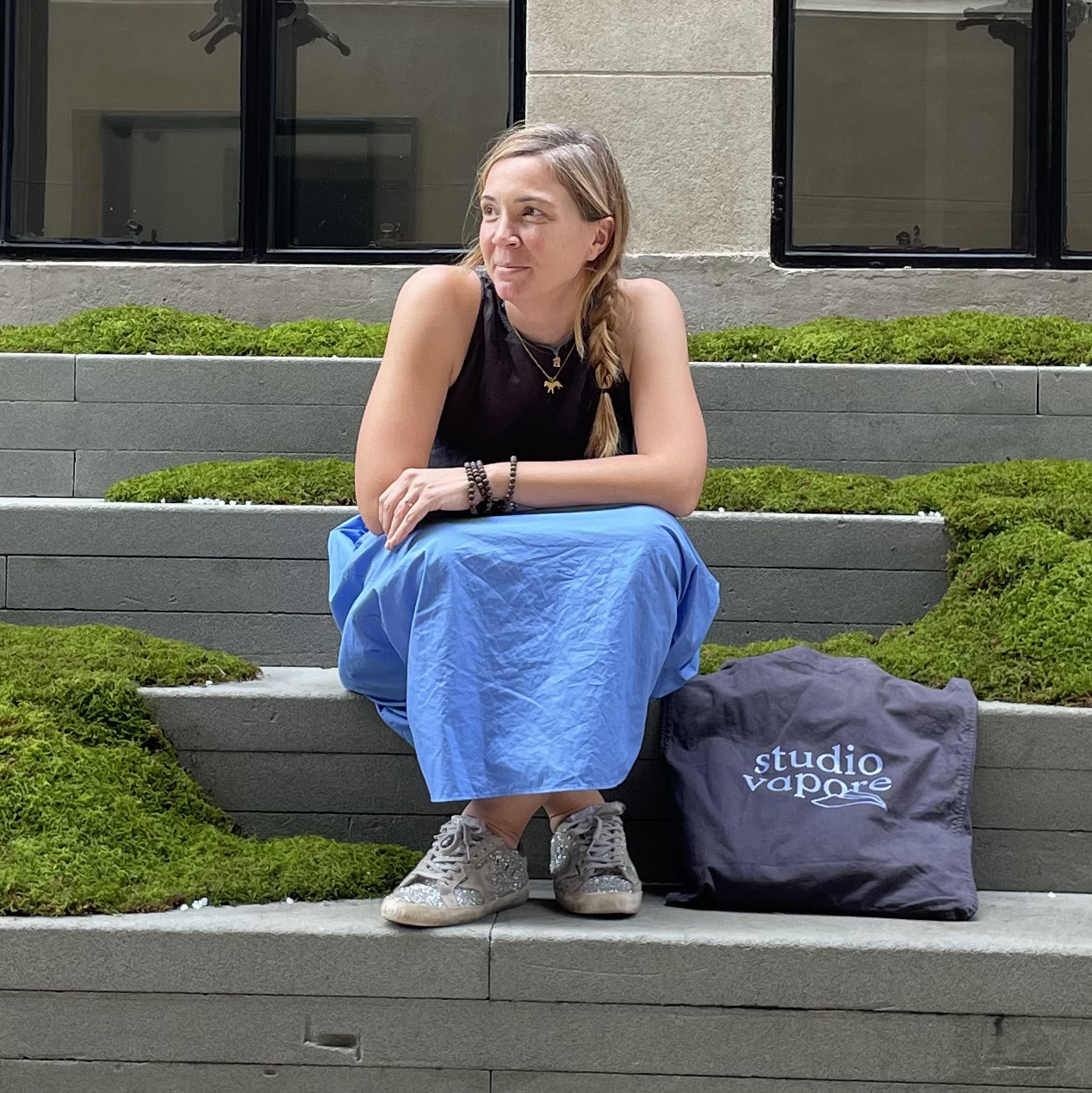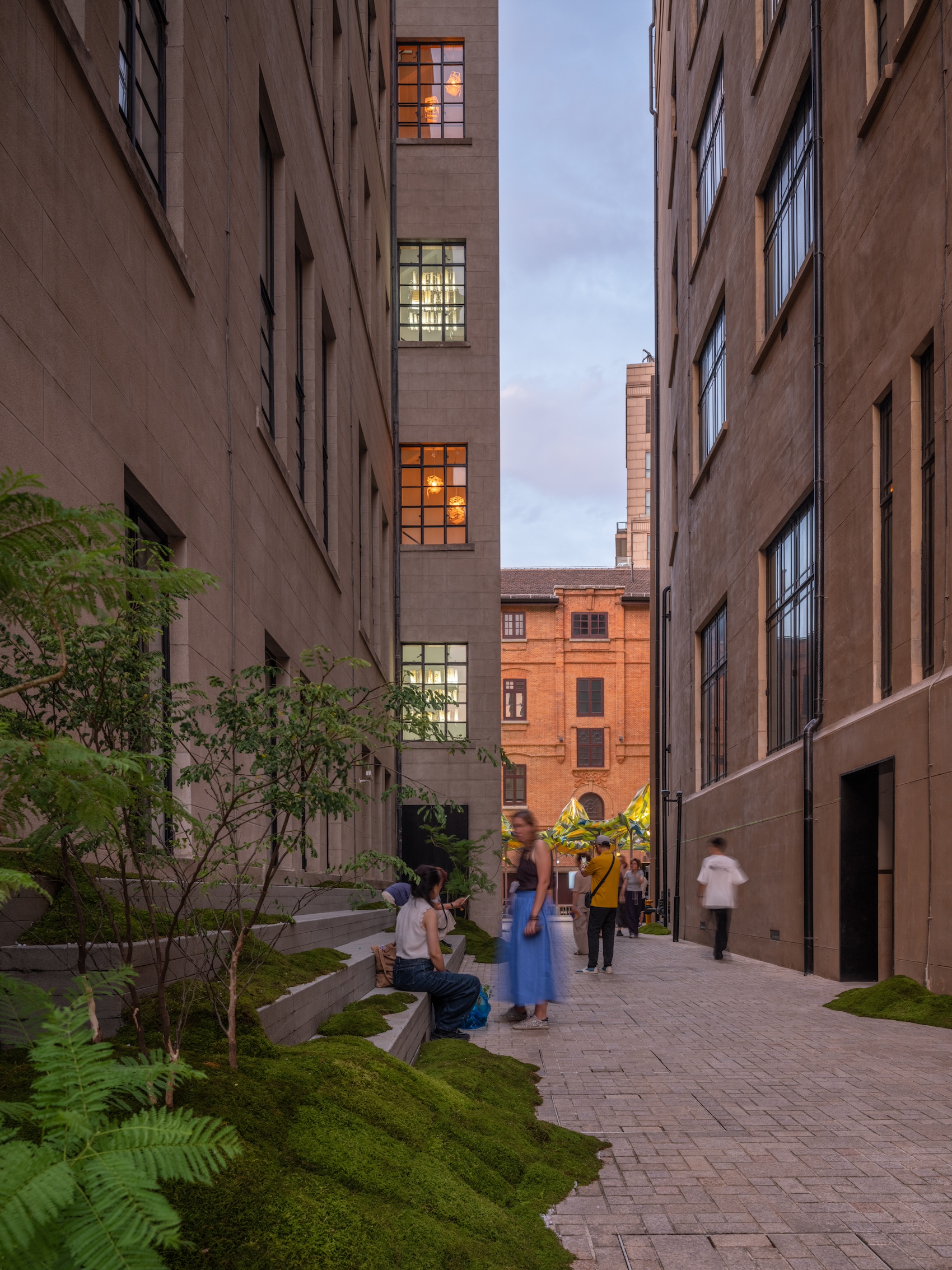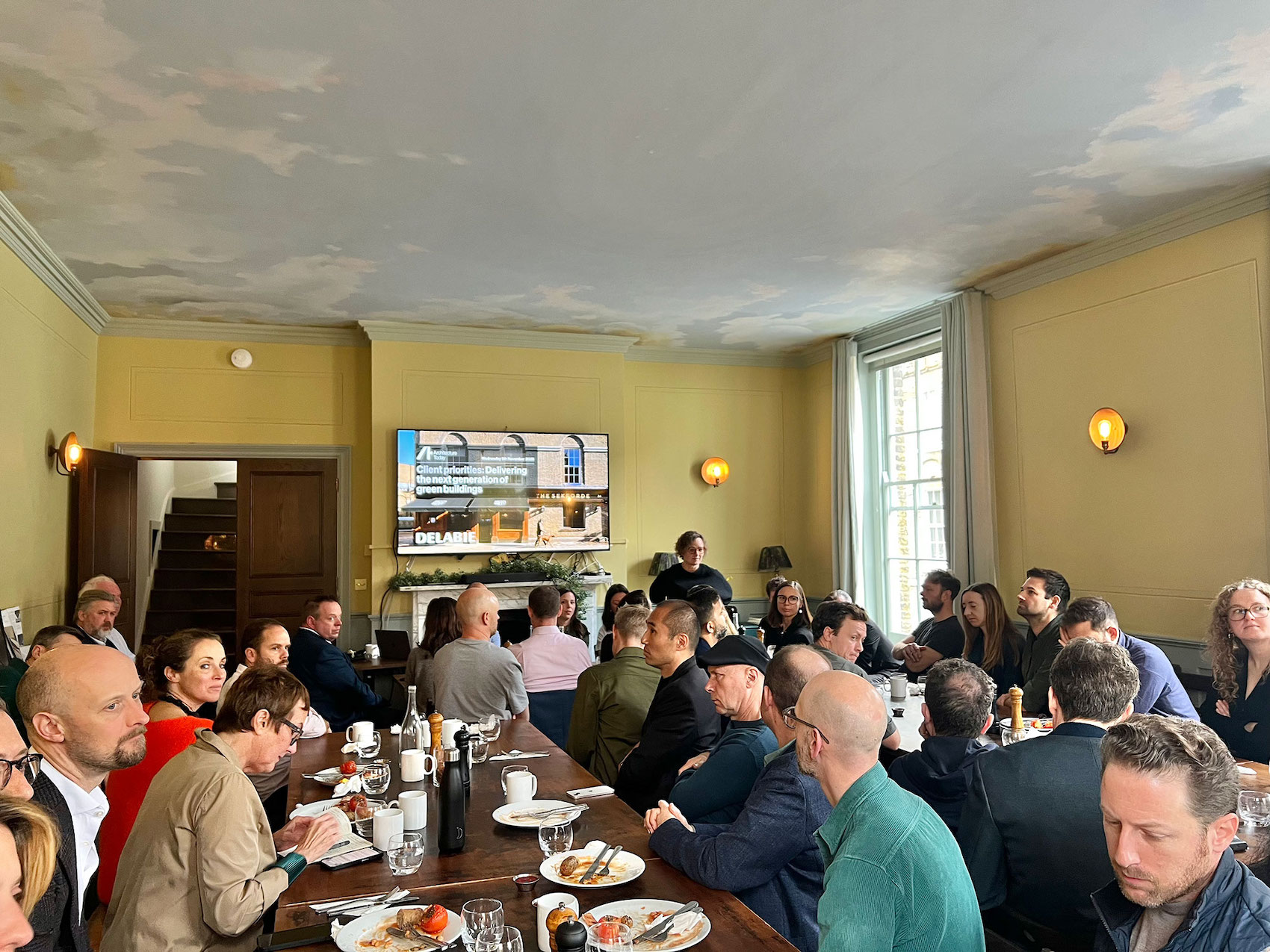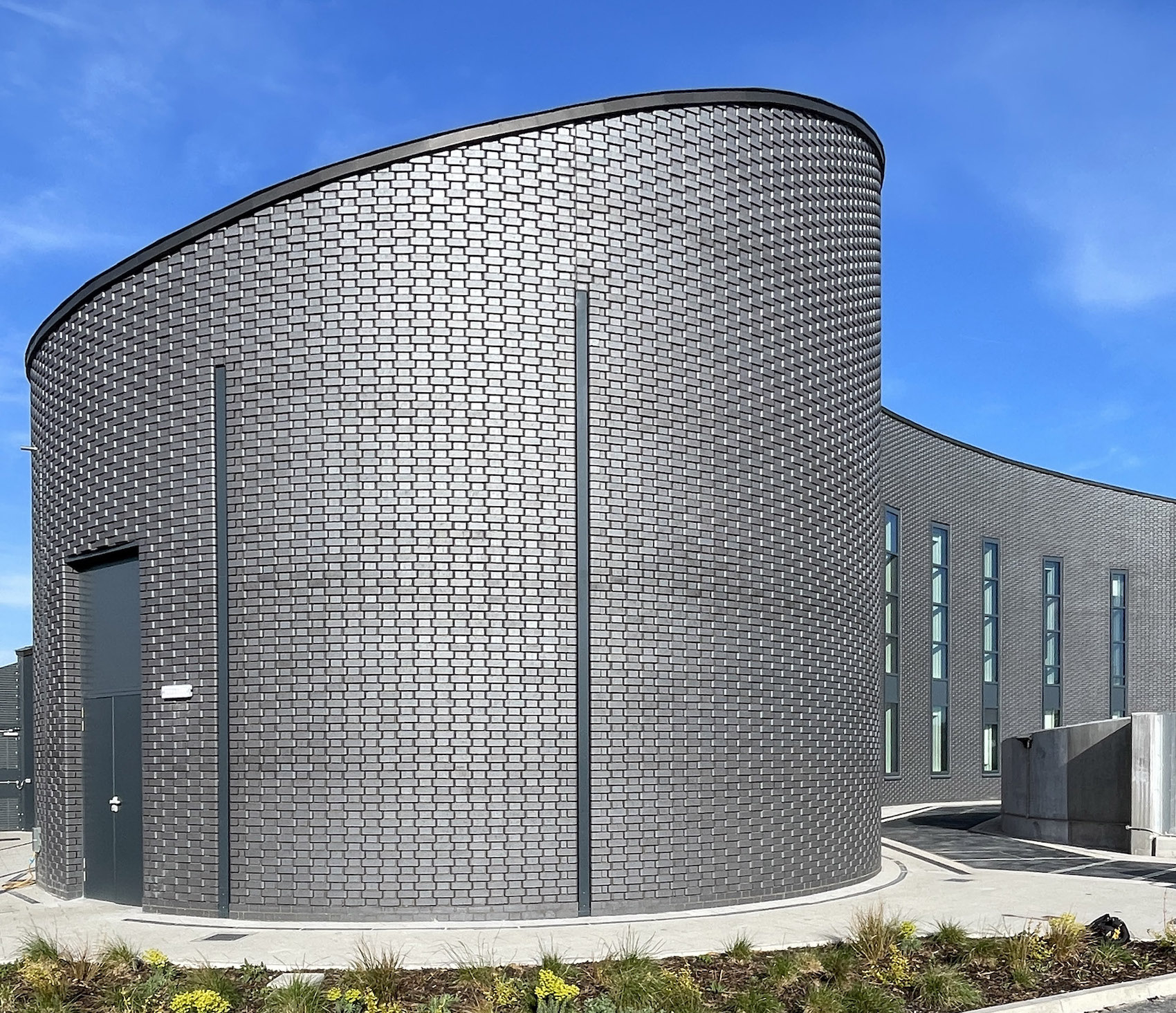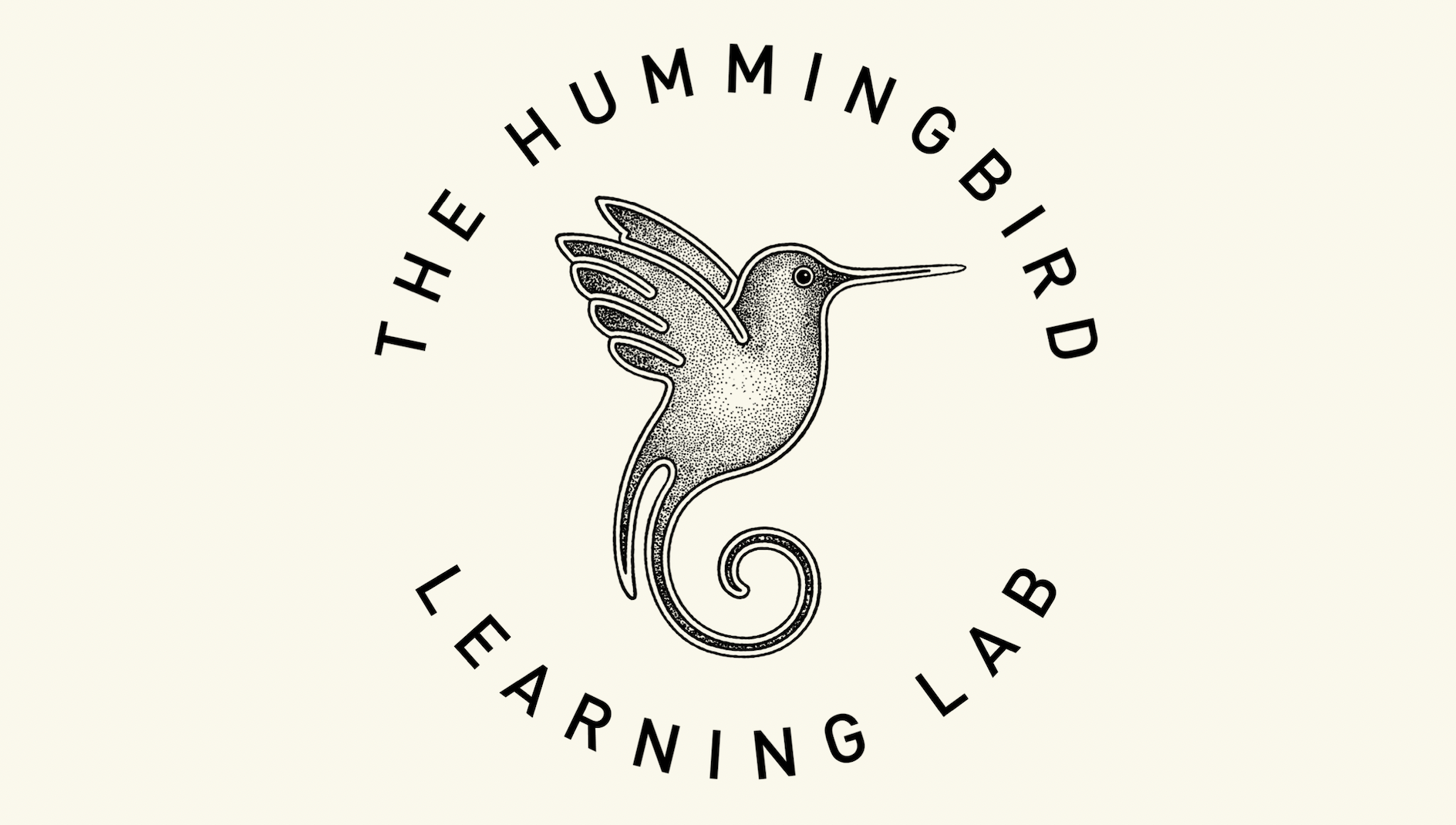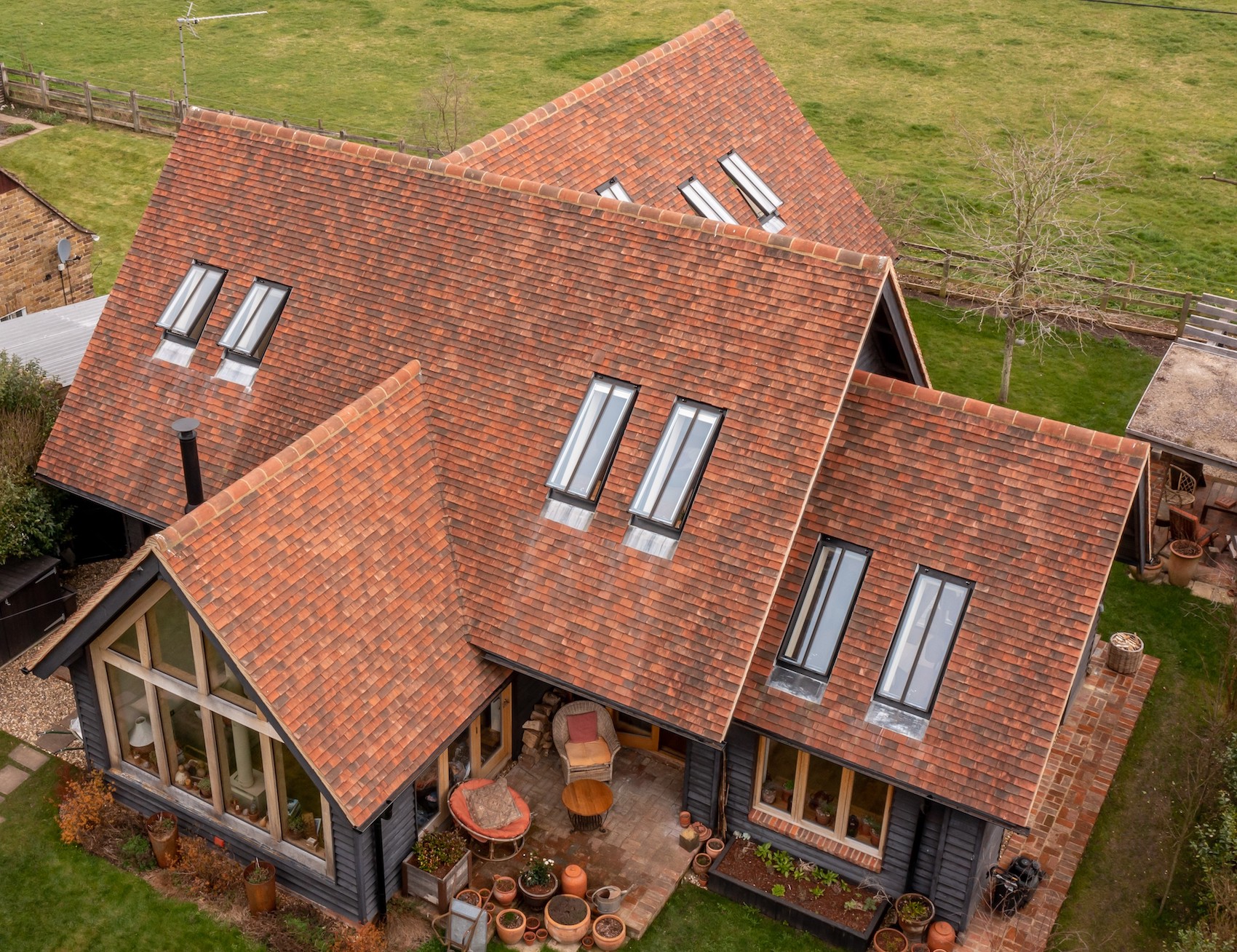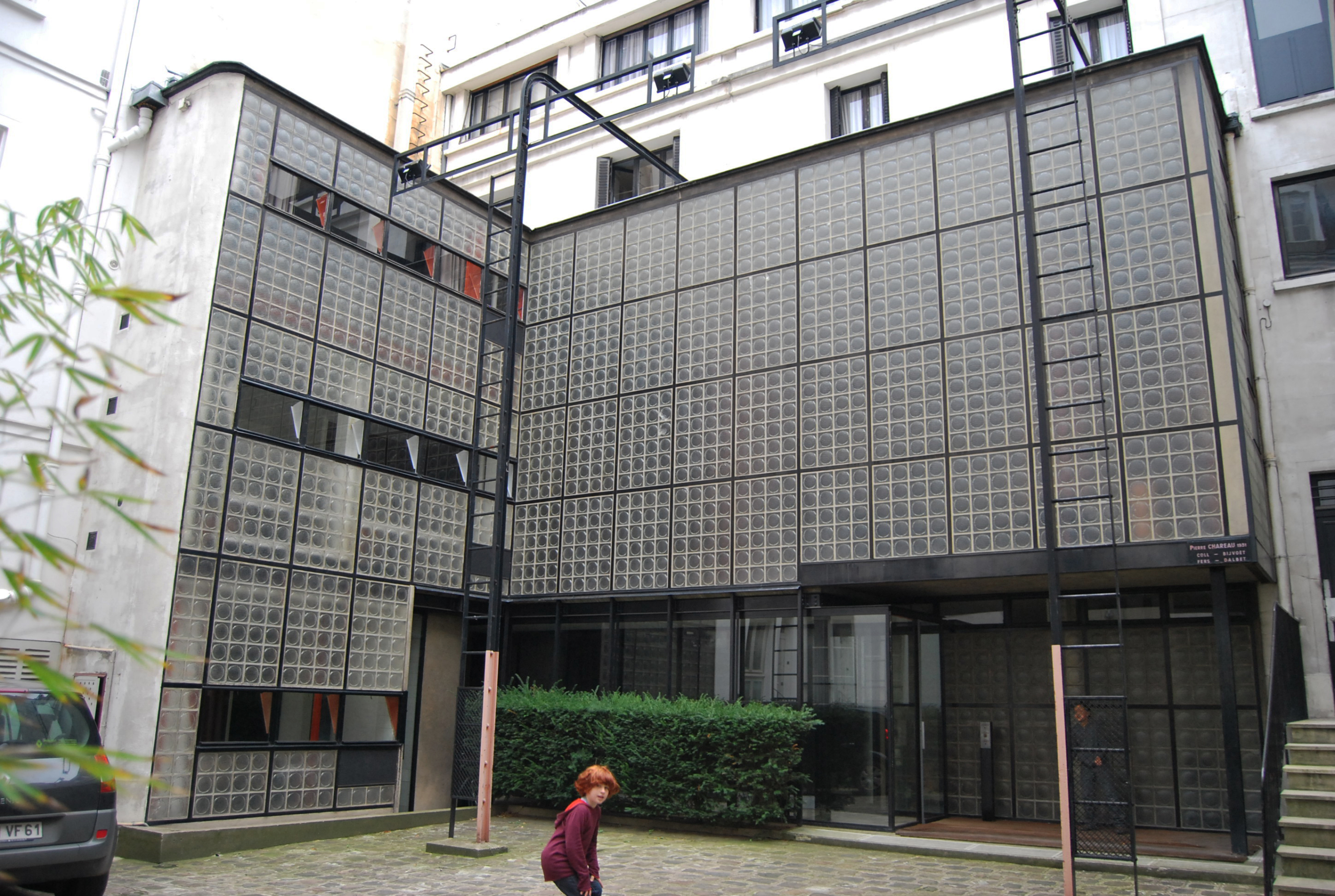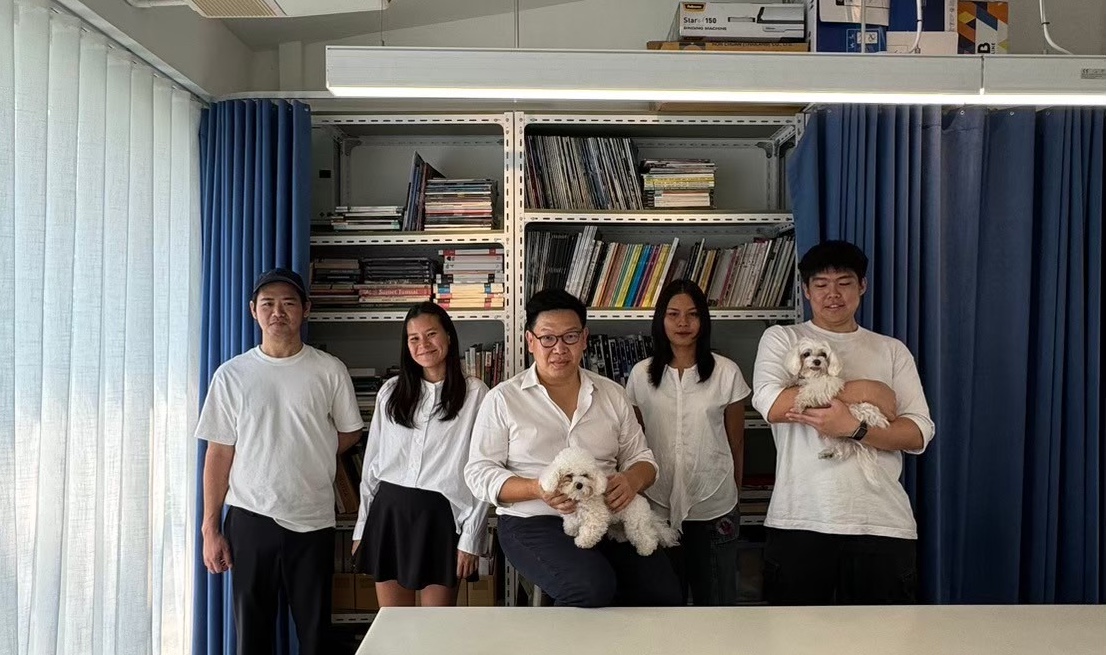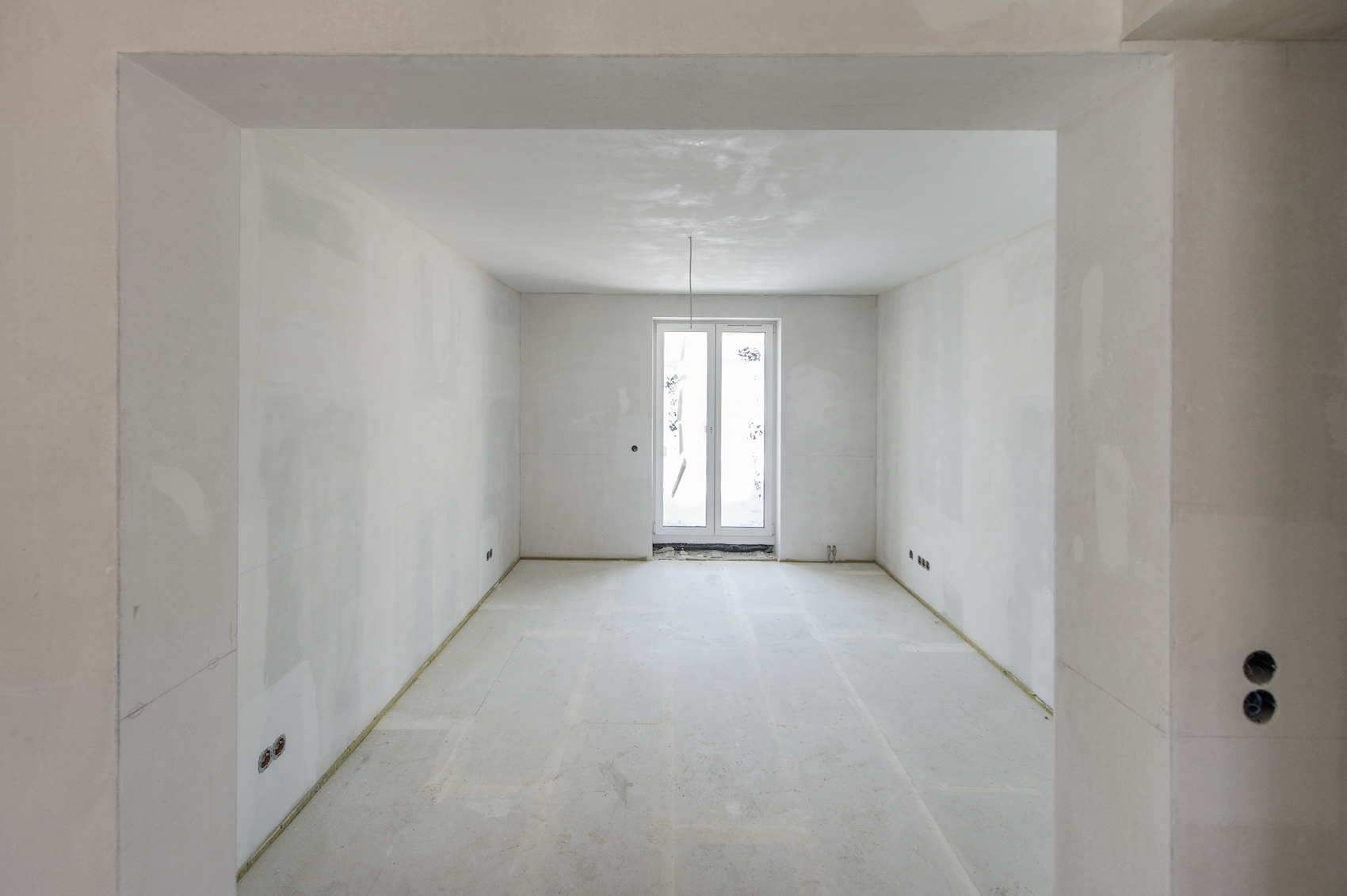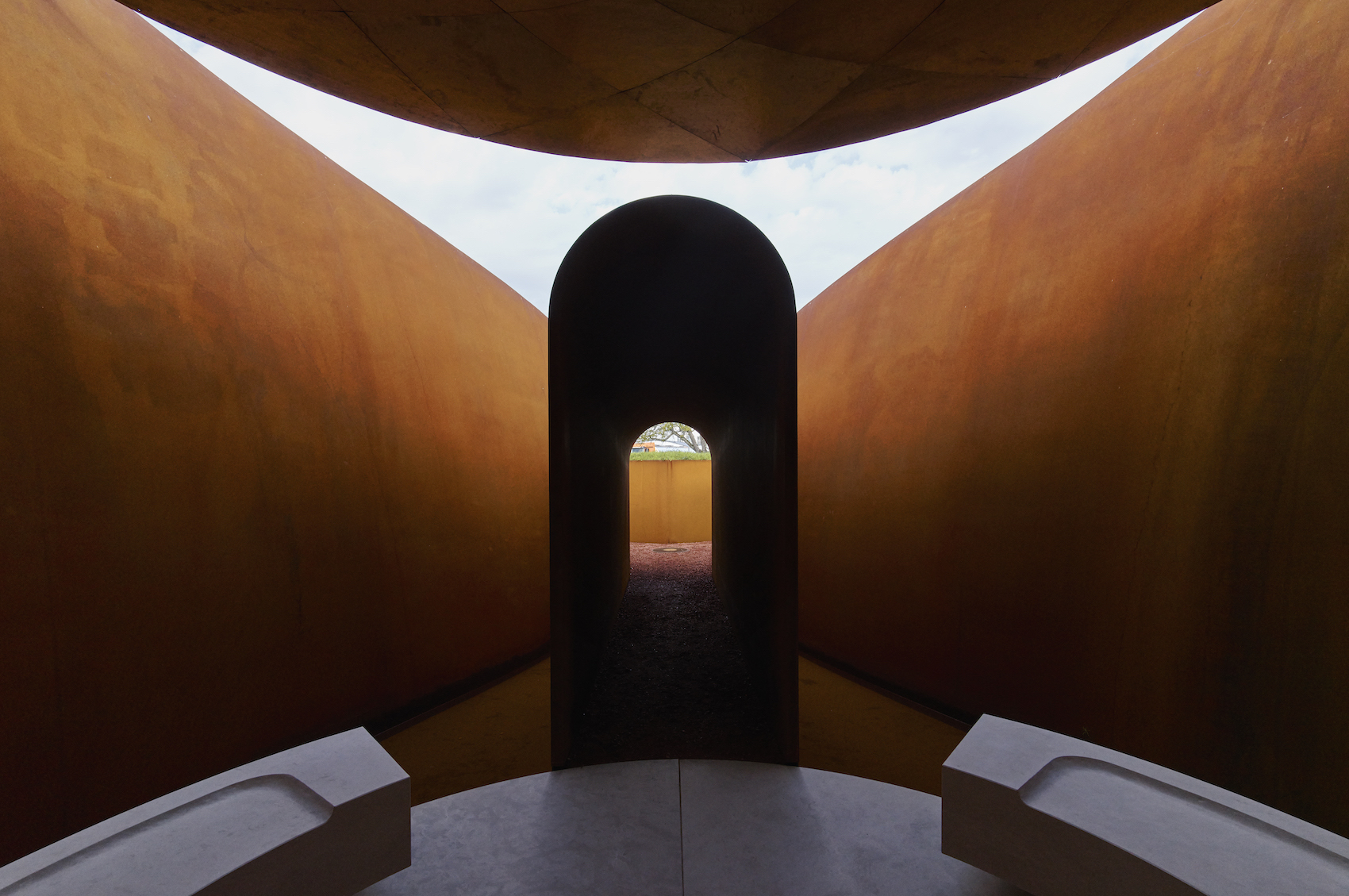We spoke to Italian architect, Erica Borsa of Studio Vapore, about why she set up shop in China and about A Gentle Reclaim, the practice’s poetic installation for the ‘Shanghai Picnic’ architecture biennial. Exploring themes of atmosphere, impermanence and material lightness, the project transforms a quiet alley into a place of pause and reflection — inviting visitors to experience the city’s shifting rhythms of light, air and time anew.
Have you always been based in China?
I grew up and studied in Italy, where I worked a bit during my student years. After graduating, I wanted an adventure somewhere new, so I sent my portfolio to all my favourite studios around the world. The first reply came from Beijing, and two weeks later I was here. I’ve been based in Beijing ever since — it’s home now.
What made you set up a studio in China?
Starting the studio was a bit of an adventure and a leap of faith. A friend asked me to design her home, and I decided to give it a go. Then we were lucky to win a couple of school projects, and over time education became the heart of our work. Studio Vapore was born. Designing schools is fun — it’s creative and full of purpose.
How are you finding work there?
There are no boring days in Beijing. Things move fast, clients are passionate, and working together is always exciting. I love the energy here, and living in a culture so different from my own has not only shaped how I see and think about design — it’s also changed me as a person. It taught me to open my mind and look at the world from different perspectives, not just the one I grew up in.
Of course, it can be frustrating at times – just like it would be anywhere else.
Your work often explores atmosphere, ephemerality, and material lightness. How did these themes inform your response to Shanghai Picnic?
A Gentle Reclaim began from the idea that nature never truly disappears — it simply waits for its moment to return. We wanted to make this invisible persistence visible. The green forms were imagined as living presences, each with a quiet personality — existing softly, almost out of place, in the middle of a concrete path. Just by being there — beautiful, calm, and a little fragile — they could invite reflection and feeling, rather than demand attention.
What moved us most was seeing people sit quietly beside them, often alone, pausing for a few minutes. It wasn’t the busiest alley — it was the quietest. We like to think they felt something while watching the leaves slowly move in the wind.
How did you negotiate between poetic intent and practical constraints in a public, outdoor setting?
We treated the constraints as part of the story: a temporary installation, no ground anchoring, open access, and Shanghai’s quickly shifting weather. Rather than fix the outcome, we accepted that the work would change — drying in the sun, brightening after rain.
The negotiation was less about preserving an ideal and more about letting the piece breathe with its context. That variability mirrored city life itself — a quiet provocation about what belongs, changes, and returns.
What role do sensory experiences — light, sound, air — play in your interpretation of public space?
For us, public space is something to experience, not just to observe. Light shifting through the day, air moving between buildings, the subtle sounds that appear when people slow down — all these elements shape how a place feels. In A Gentle Reclaim, we wanted to create a pause within the city’s flow, a space where people could simply notice what is already around them. The installation was less an object and more a moment — brief, open, and alive.


